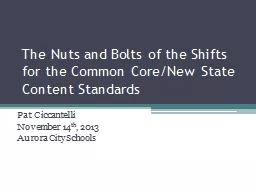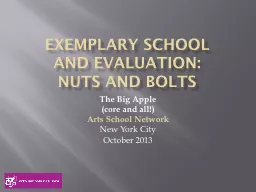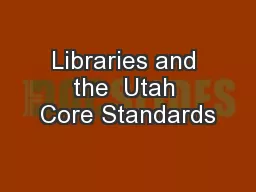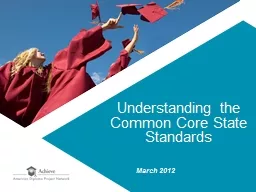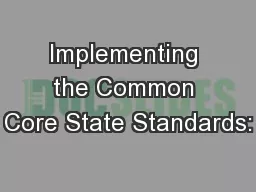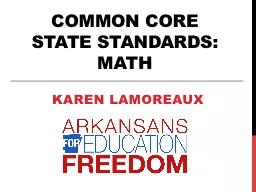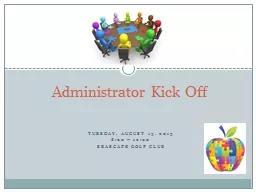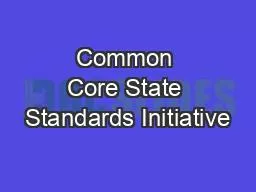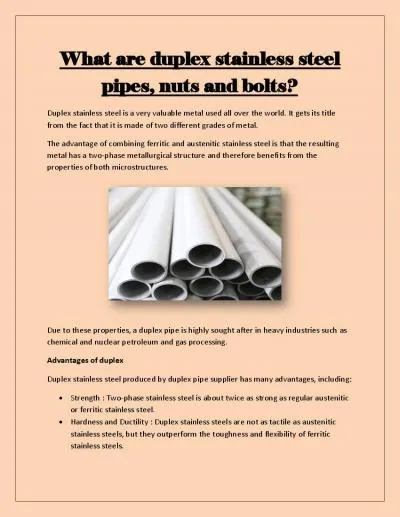PPT-The Nuts and Bolts of the Shifts for the Common Core/New State Content Standards
Author : yoshiko-marsland | Published Date : 2018-09-24
Pat Ciccantelli November 14 th 2013 Aurora City Schools The Common Core Standards are intended to be Aligned with college and work expectations for ELA and Math
Presentation Embed Code
Download Presentation
Download Presentation The PPT/PDF document "The Nuts and Bolts of the Shifts for the..." is the property of its rightful owner. Permission is granted to download and print the materials on this website for personal, non-commercial use only, and to display it on your personal computer provided you do not modify the materials and that you retain all copyright notices contained in the materials. By downloading content from our website, you accept the terms of this agreement.
The Nuts and Bolts of the Shifts for the Common Core/New State Content Standards: Transcript
Download Rules Of Document
"The Nuts and Bolts of the Shifts for the Common Core/New State Content Standards"The content belongs to its owner. You may download and print it for personal use, without modification, and keep all copyright notices. By downloading, you agree to these terms.
Related Documents

